Events to celebrate the Persian New Year have been held at Lauderdale House overlooking Waterlow Park.
Norwuz, based around the spring equinox, is an ancient Persian New Year festival was established as a month-long celebration at the historic white building perched halfway up Highgate Hill.
The historic house serves as an arts and education organisation.
Katherine Ives said that, having noticed Norwuz celebrants filling the park each year, Lauderdale House wanted to create a program that reflected the area’s diversity.
Ives, director of the house for two decades, said: “We wanted to do something that gave those people who celebrate Norwuz an opportunity to do something special in the house, to give them an introduction to it, and ownership of it.”
The result was a month of exhibitions, talks, and activities, designed to engage and represent Highgate’s residents and to bring the house alive for the community.
Norwuz was originally a Zoroastrian religious event, emerging around 500BC in the Persian Empire which once stretched from modern day Egypt to Afghanistan.
Since then, it has evolved into a secular celebration and disseminated around the world through migration and exile, following historic and modern Islamic revolutions in the region.
Now, more than 300million people are estimated to observe spring’s arrival with the festival.
Part of that number is the Iranian diaspora in the UK, which grew massively after political events created large numbers of asylum seekers in the 1980s.
The 2021 census established that 80,000 Iranian-born people are now living in Britain, and that 34.9% of Highgate residents, nearly 4,500 people, were not born in the UK.
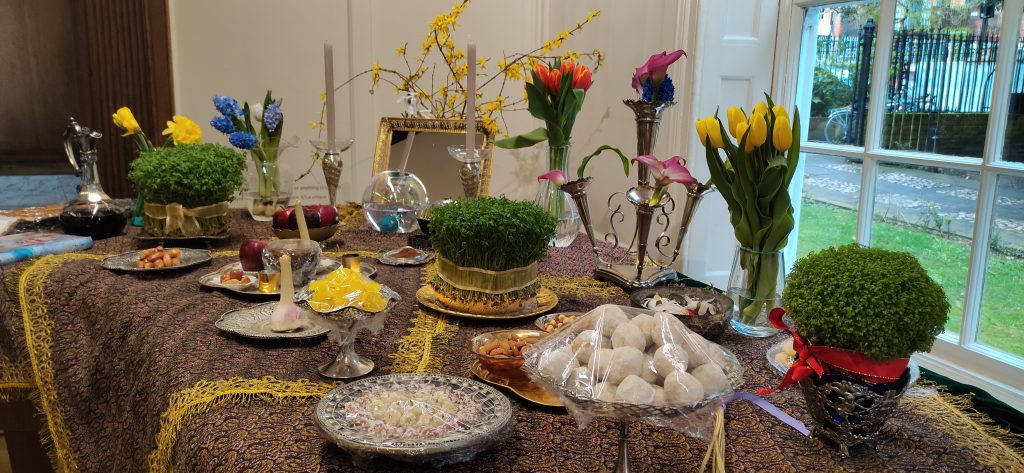
Camden Council, recognising and embracing this diversity, made itself a Borough of Sanctuary last year, joining a network of areas working to support refugees.
Councillor Camron Aref-Adib (Labour, Highgate), who is himself a second-generation Iranian, said: “I was delighted to participate in the celebrations in my ward this month, the events to mark Nowruz at Lauderdale House have been a tremendous success.
“It’s a testament to Camden’s inclusive environment, marked recently by our local authority becoming a borough of sanctuary.”
Mehrdad Aref-Adib, an Iranian artist who curated Lauderdale House’s festival, was a political refugee who fled Iran in 1983.
Since then, Norwuz has become a way for him to connect with the culture he left behind.
He said: “It’s very nostalgic for us, especially for people who’ve left the country – it’s something people want to take with them.
“Every culture has good bits and bad bits, and it’s nice to hold onto the good bits.
“Norwuz is about celebration, fun, and family – these are the important things in life anyway.”
Based around the spring equinox, which this year was 3.06am on March 20, participating in Norwuz includes ‘shaking the house’, or spring cleaning, sprouting lentils or wheat and jumping over a burning fire to purge the previous year’s negativity.
Participants also create a haft-sin display of seven items beginning with the letter S in Persian, including garlic, apples, and vinegar.
On the last of the 13 days of the festival, families enjoy a spring picnic in the park.
Mehrdad wanted the message of the festival to unite Highgate’s population.
He said: “It’s got to be beneficial for the whole community, not just the Iranian, it’s for everyone.
“Its showing that the beautiful spring, that nature, is important to all of us.”
The events at Lauderdale House proved were hugely successful. Iranian artists displayed their work across the exhibitions “Norwuz” and “Paradise”, and talks were held on Iranian culture, history, music, food and poetry.
A bazaar hosted 30 Iranian exhibitors selling handcrafted goods and food, and families enjoyed a haft-sin Easter trail around Waterlow Park, which Mehrdad described as an Anglo-Iranian production.
The incorporation of seemingly disparate elements, like the Haft-Sin Easter trail, was really the whole point.
Mehrdad explained that one of his goals was to make second- and third-generation Iranians feel recognised in the community.
He said: “I really wanted to include the generations who are hybrids and make them feel good about who they are.
“Especially if you have duality, you want to make sure that every part of you has been counted and recognised”
Mehrdad’s own art represents this duality, too.
He creates haft-sin displays out of famous pieces by the likes of Magritte, Velazquez, and Matisse.
A visual culture clash, the Iranian artist represents the experience of celebrating Norwuz in London: he blends the modern and the European with an ancient festival, and in doing so, preserves a rich culture.
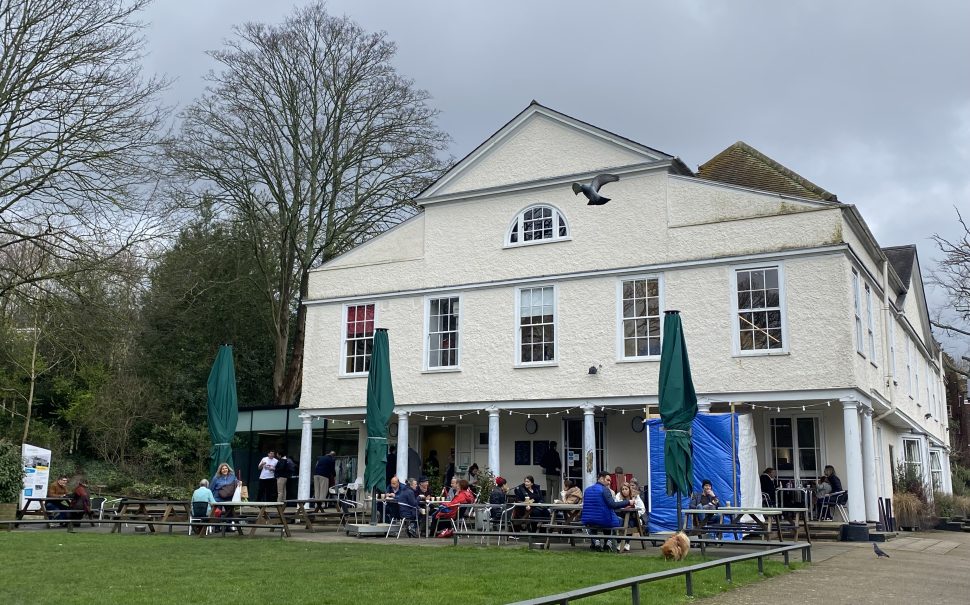
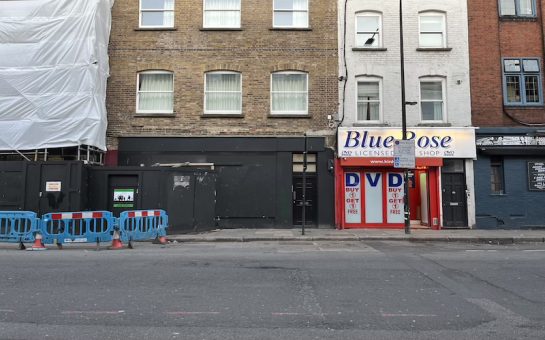
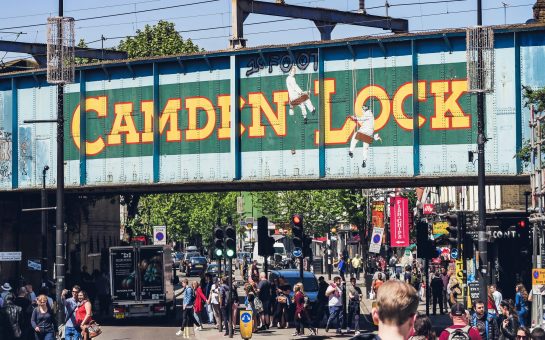
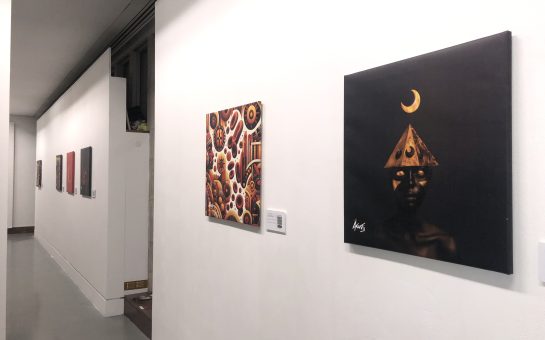
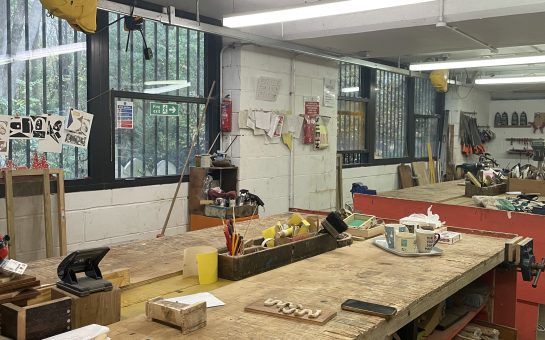
Join the discussion